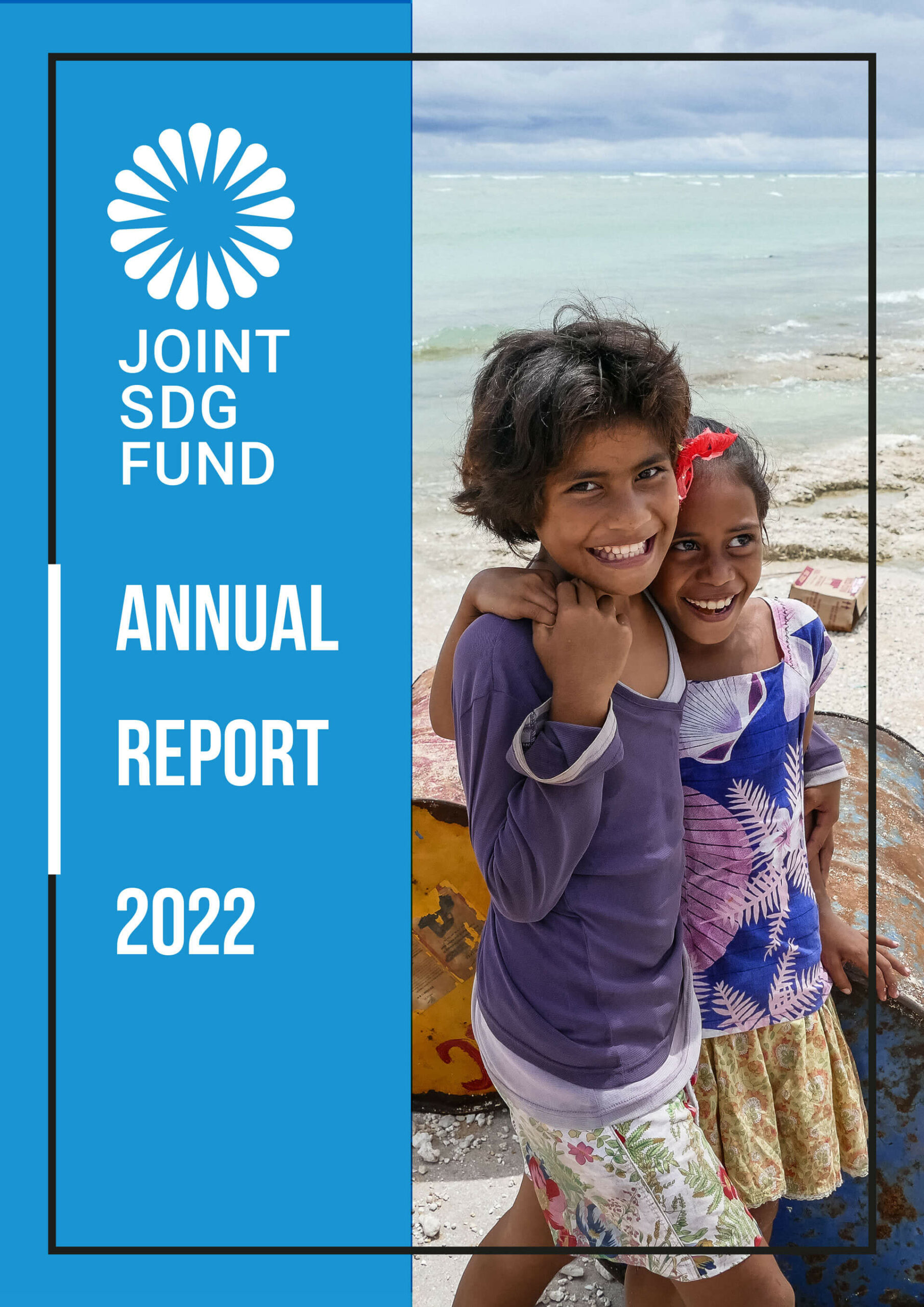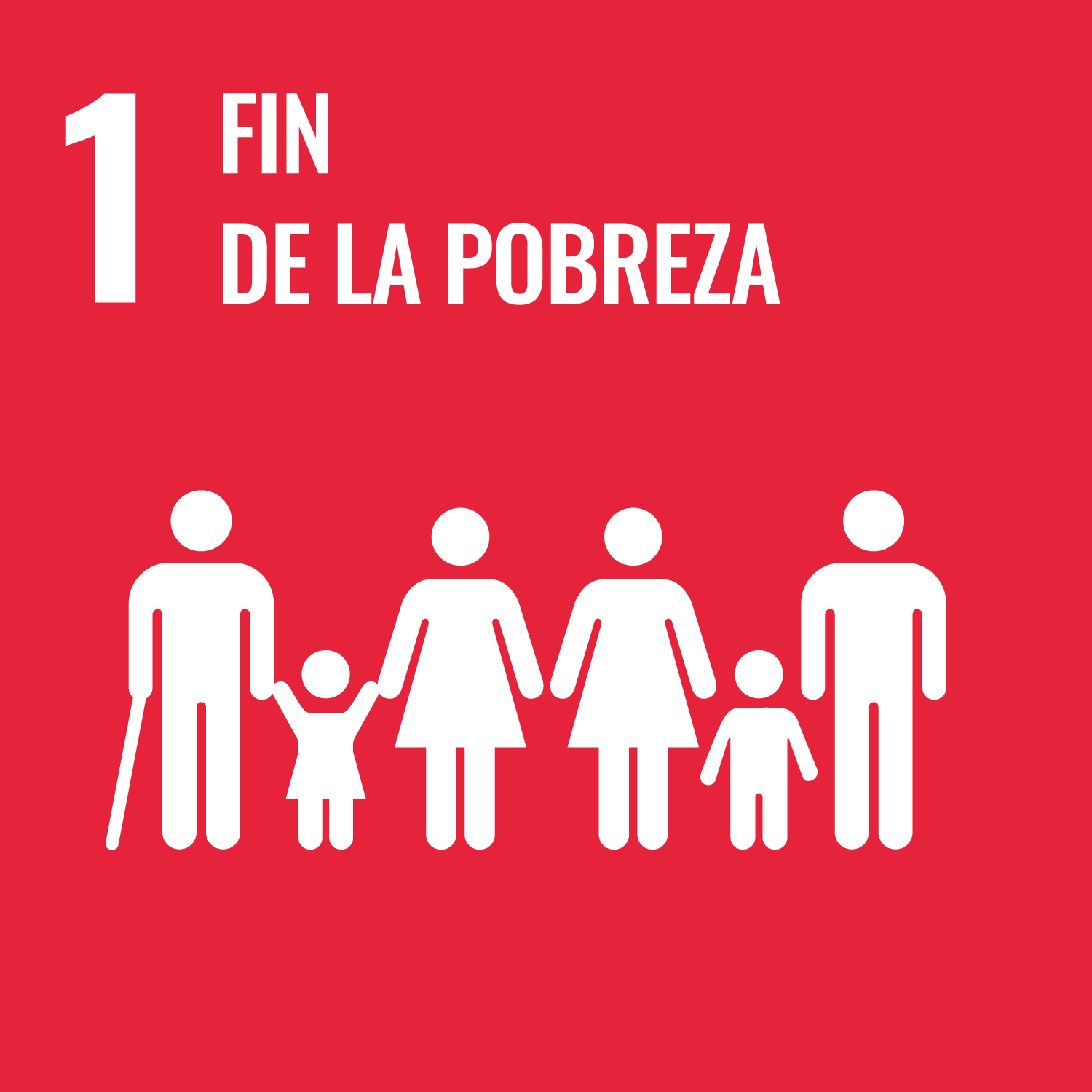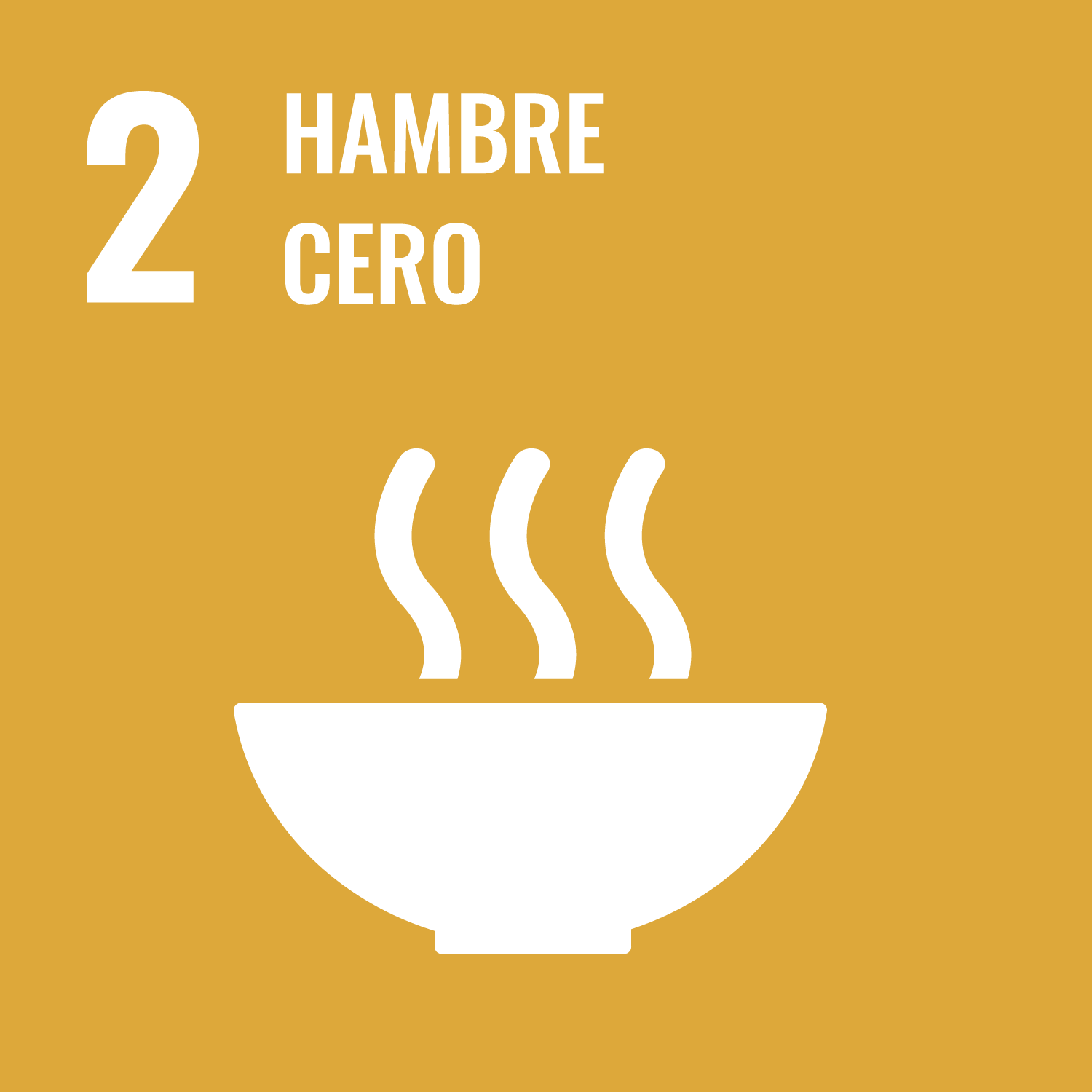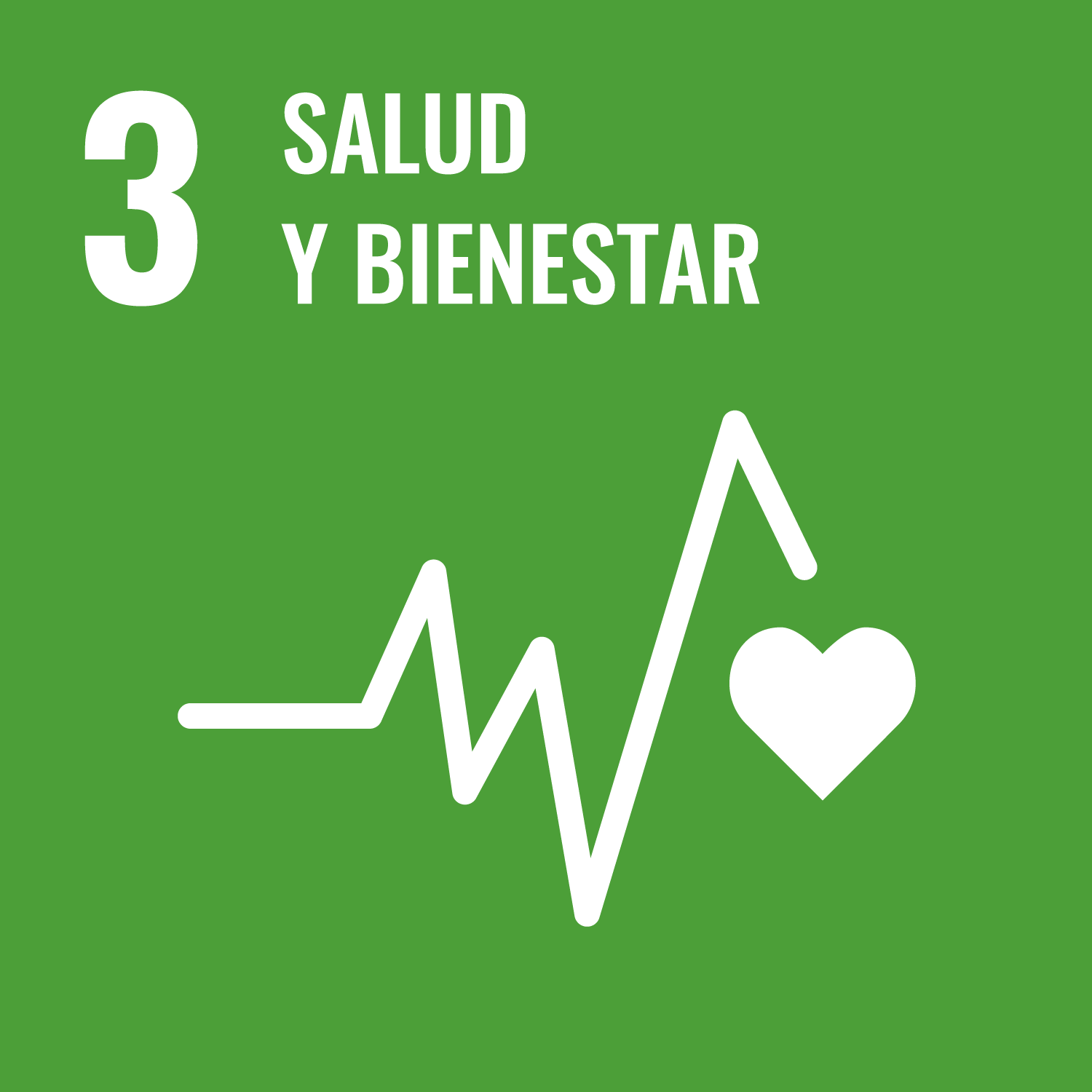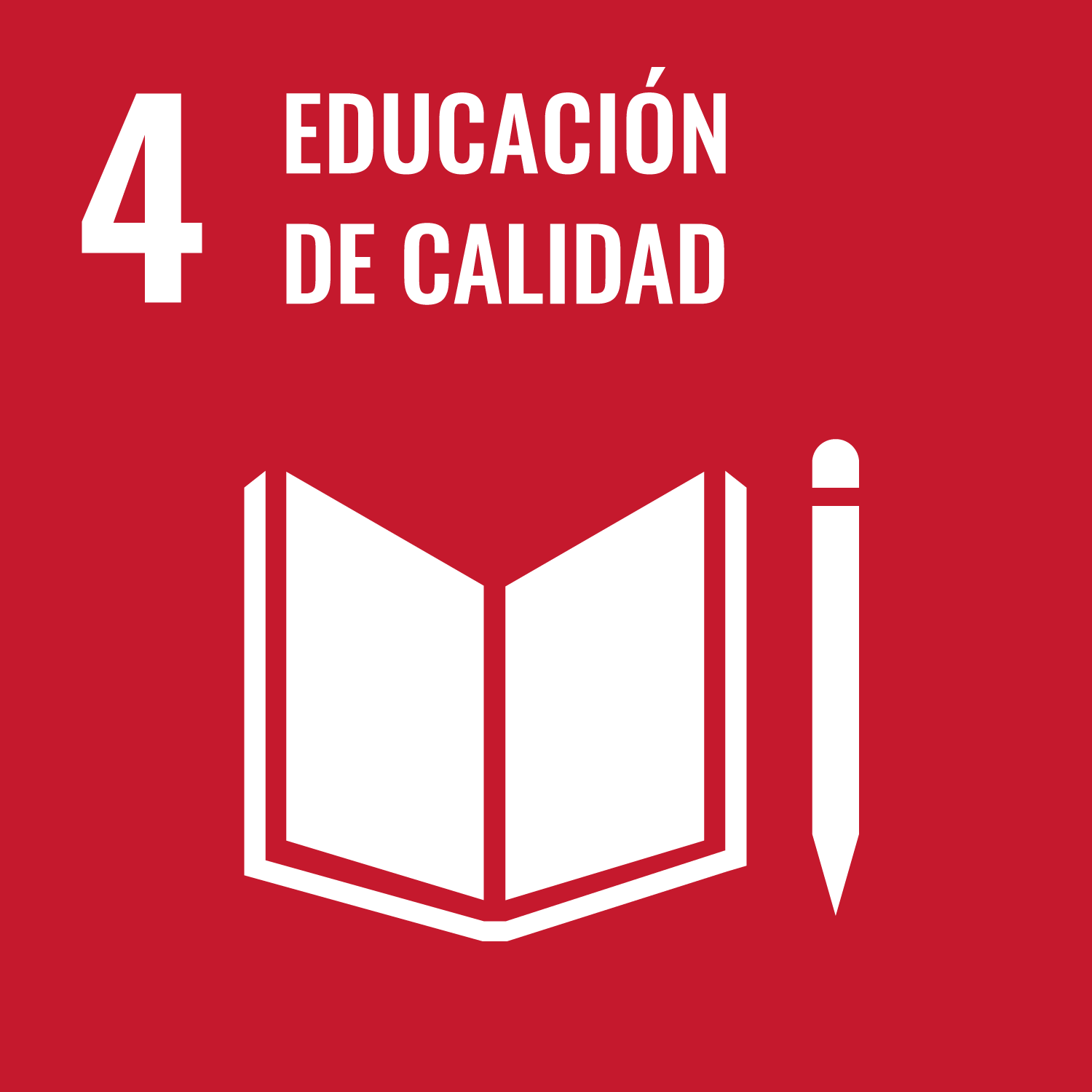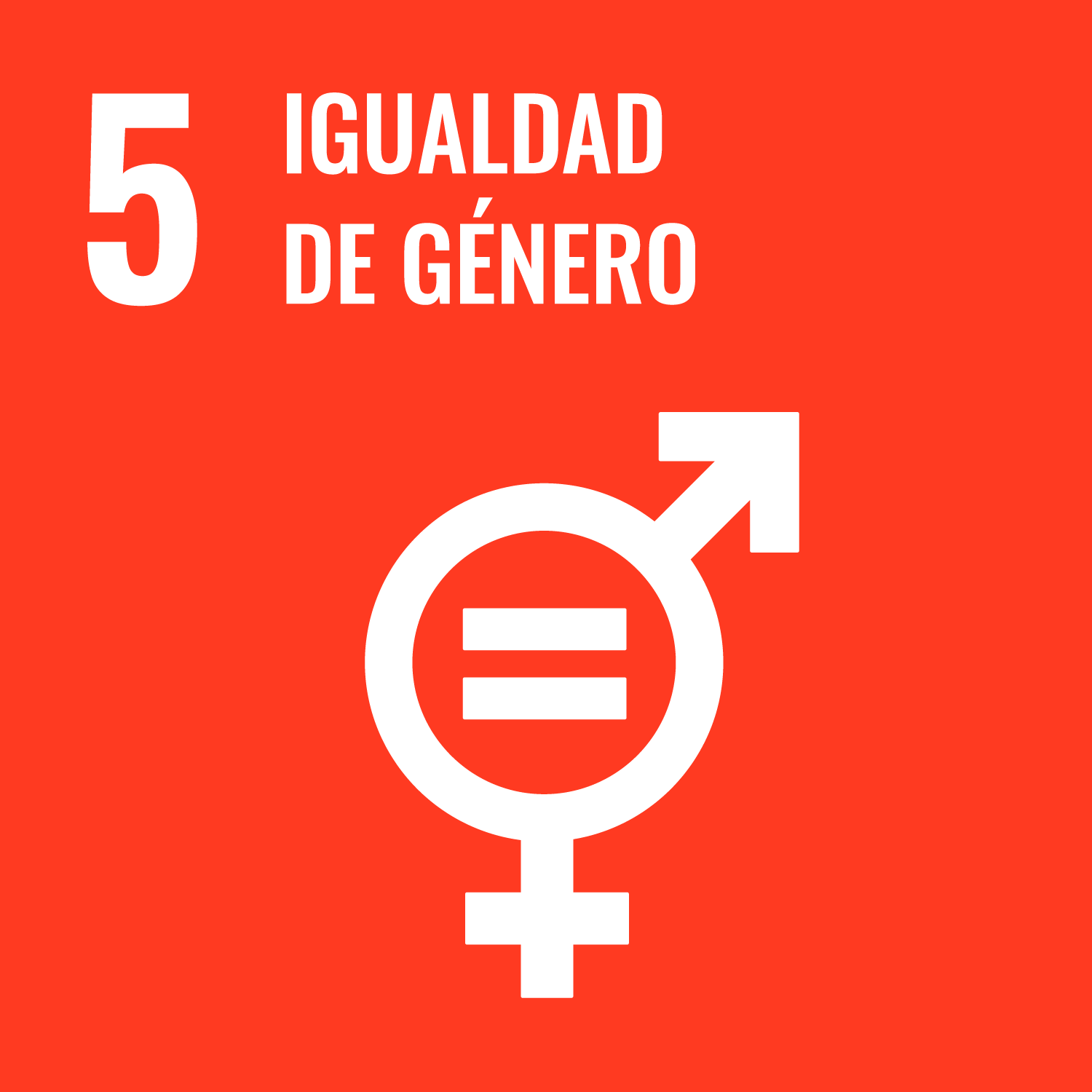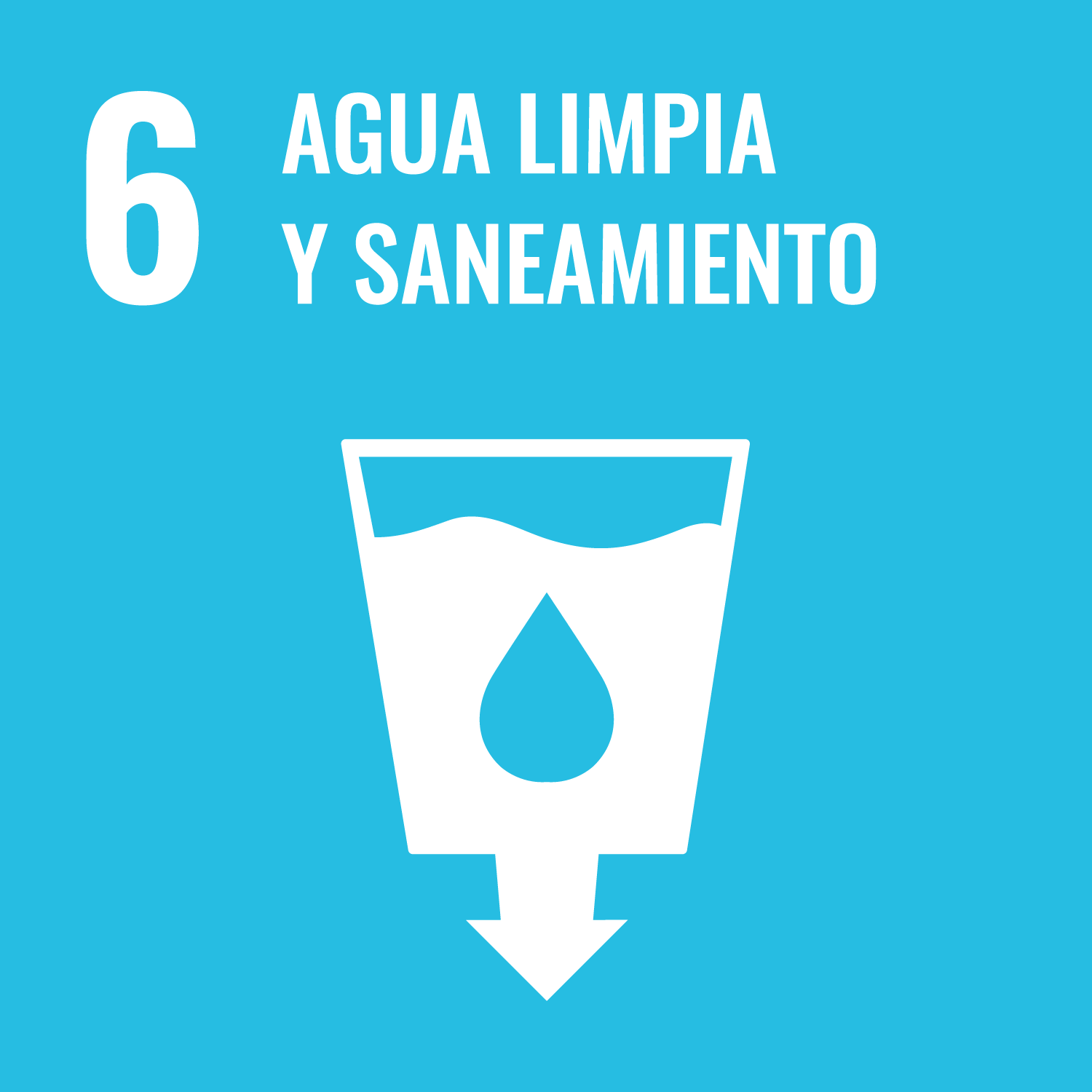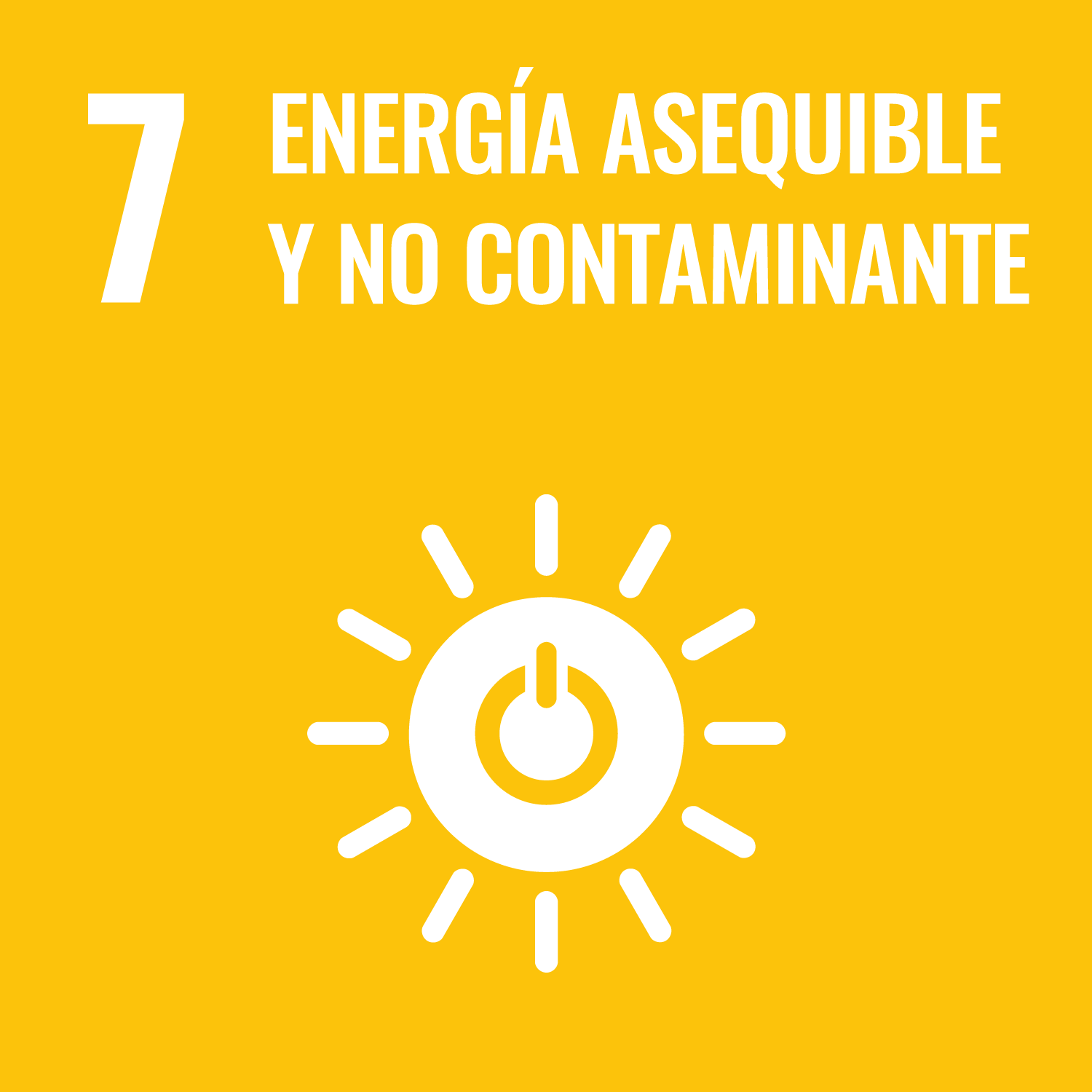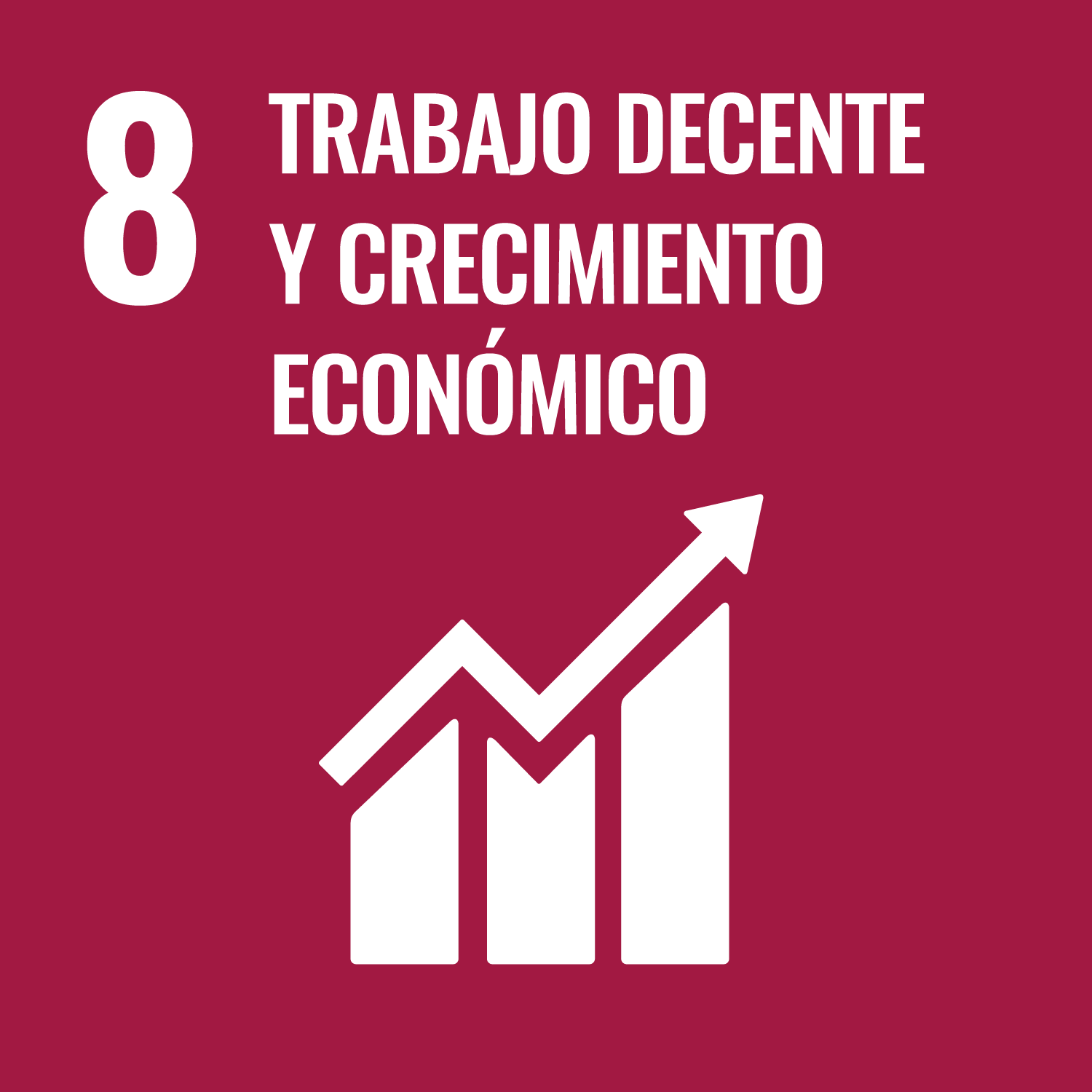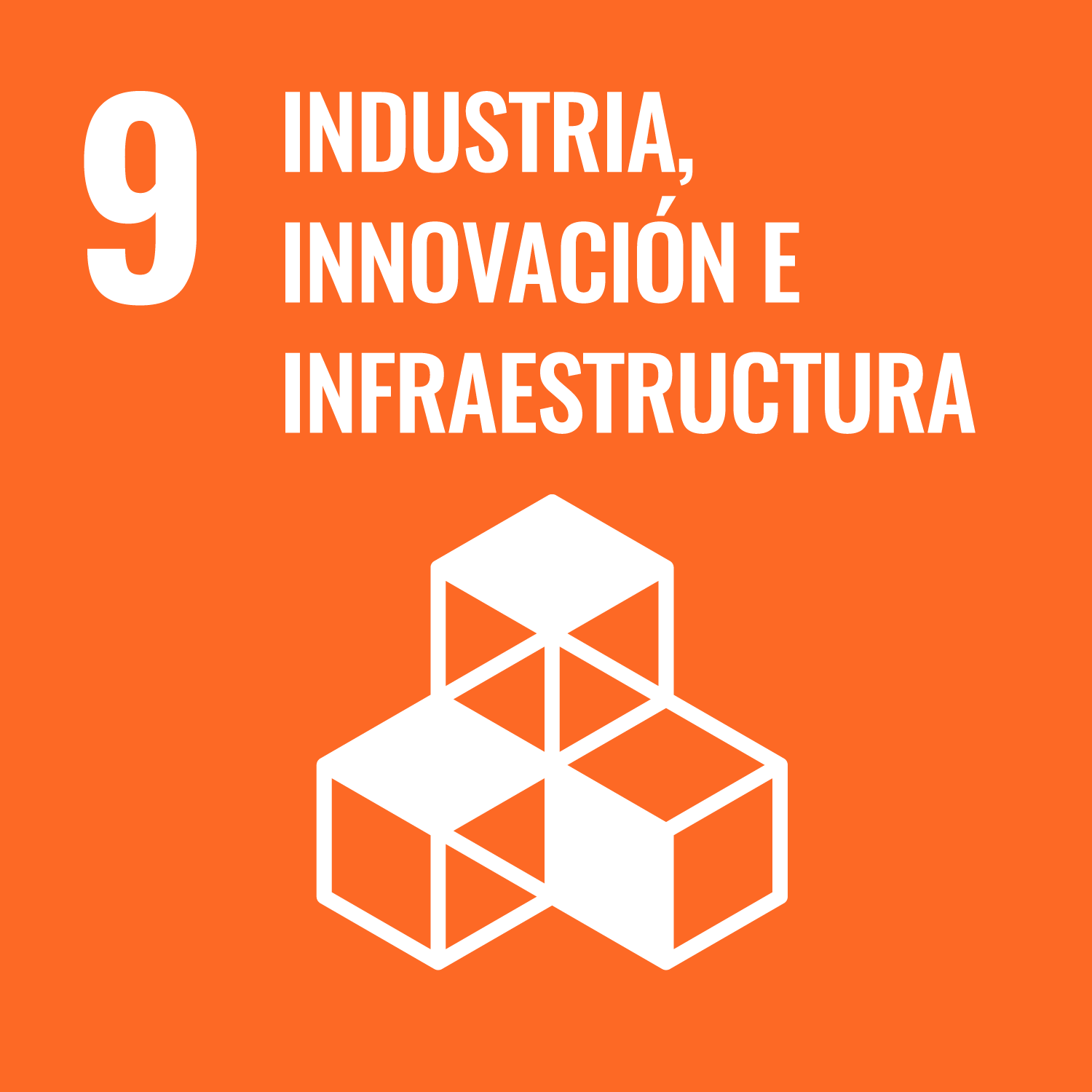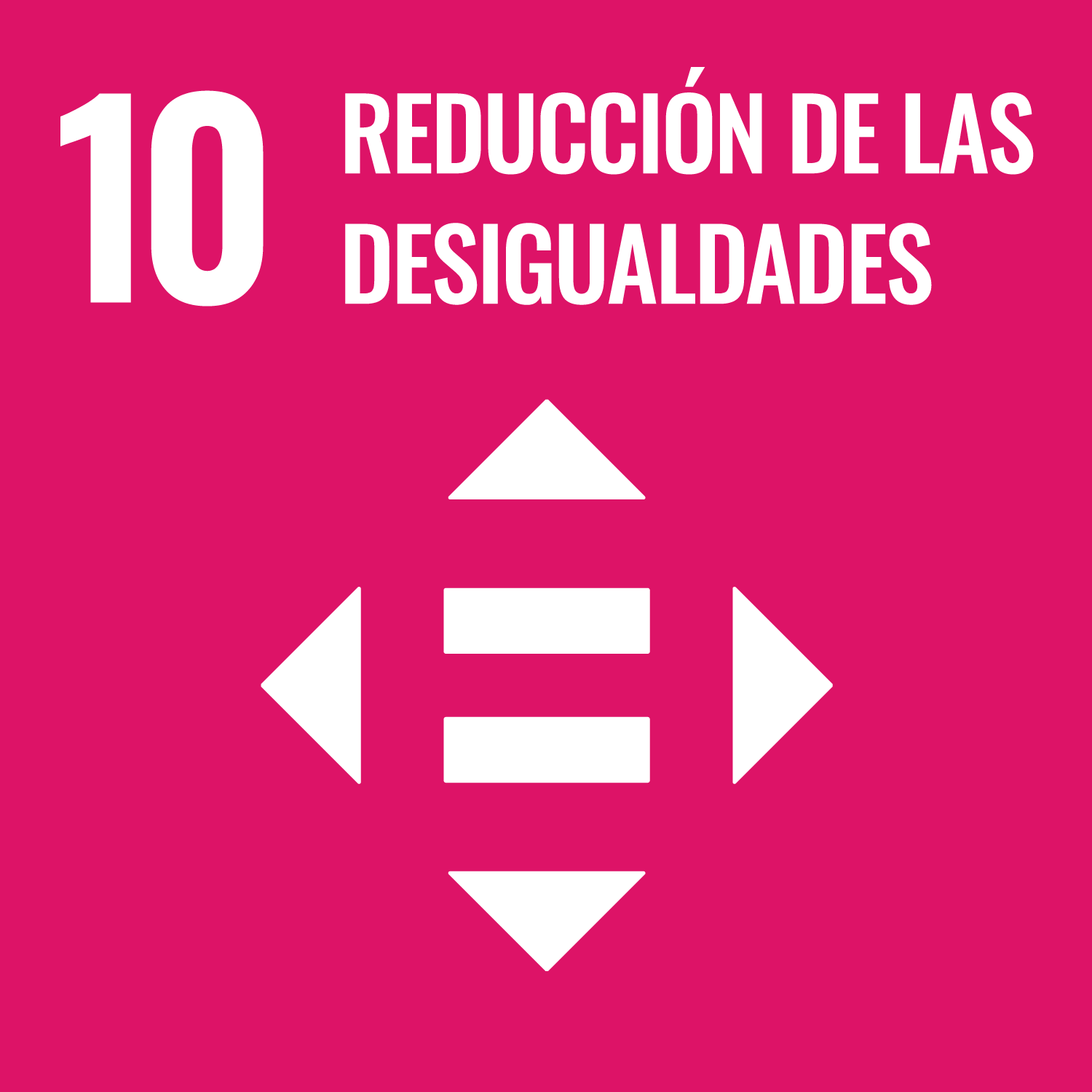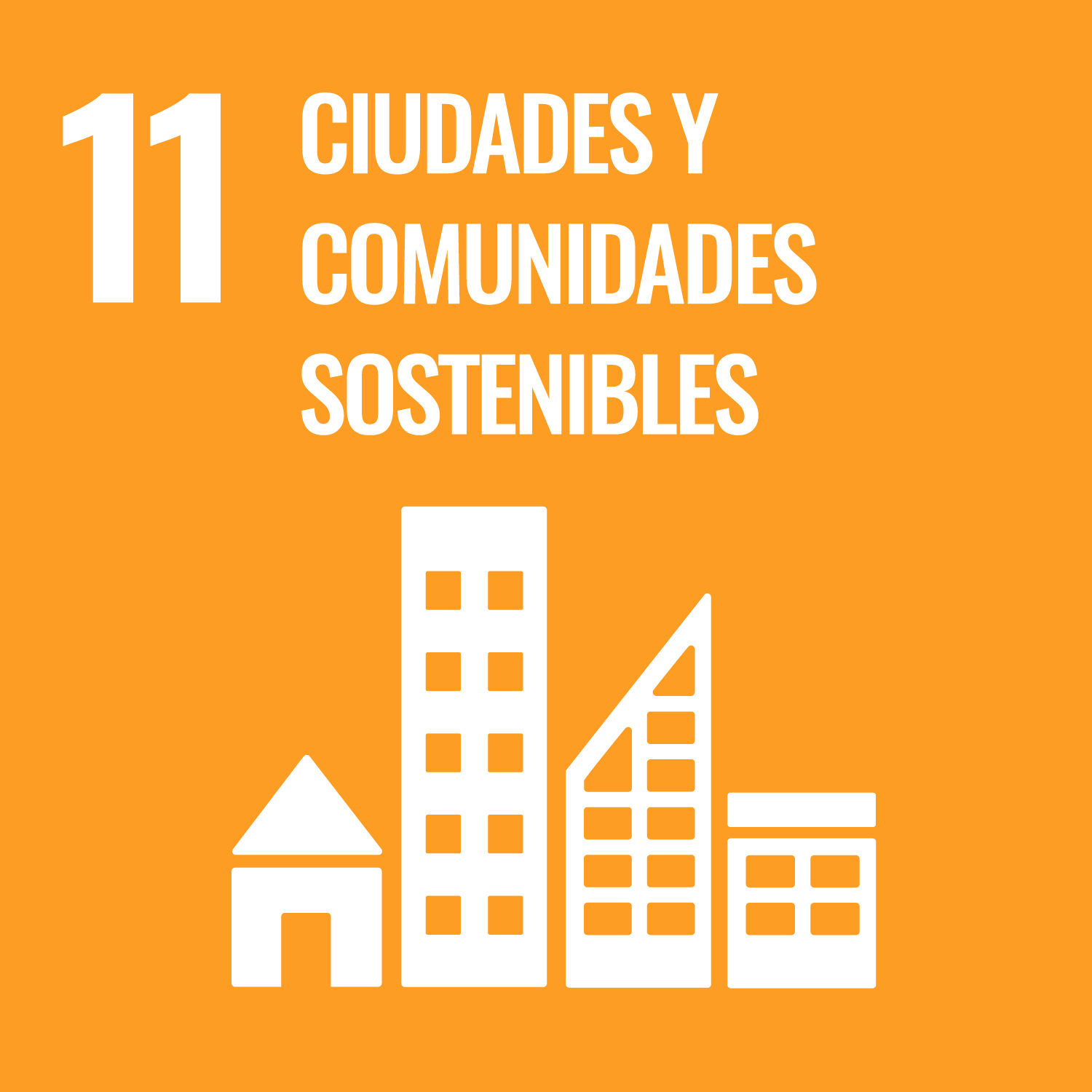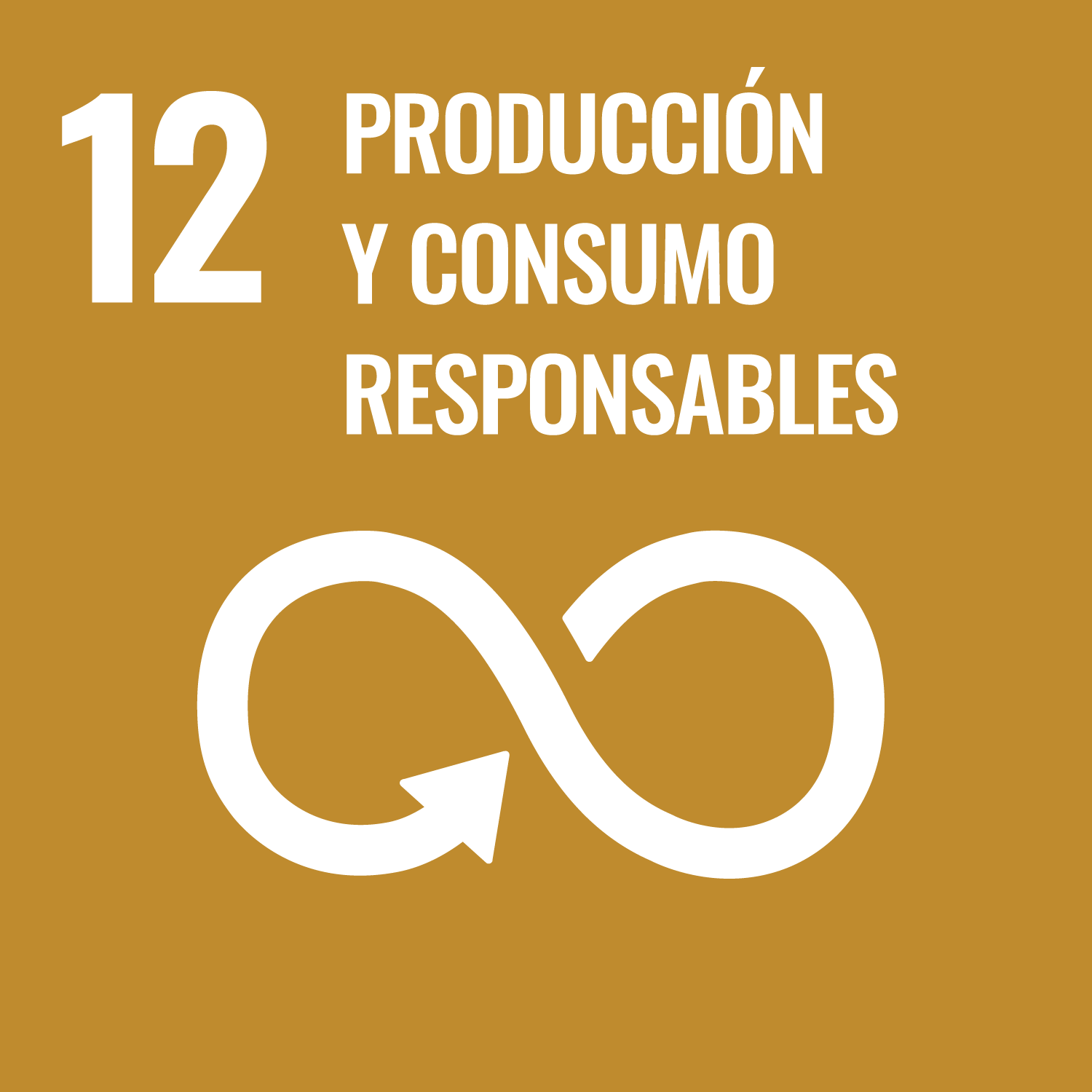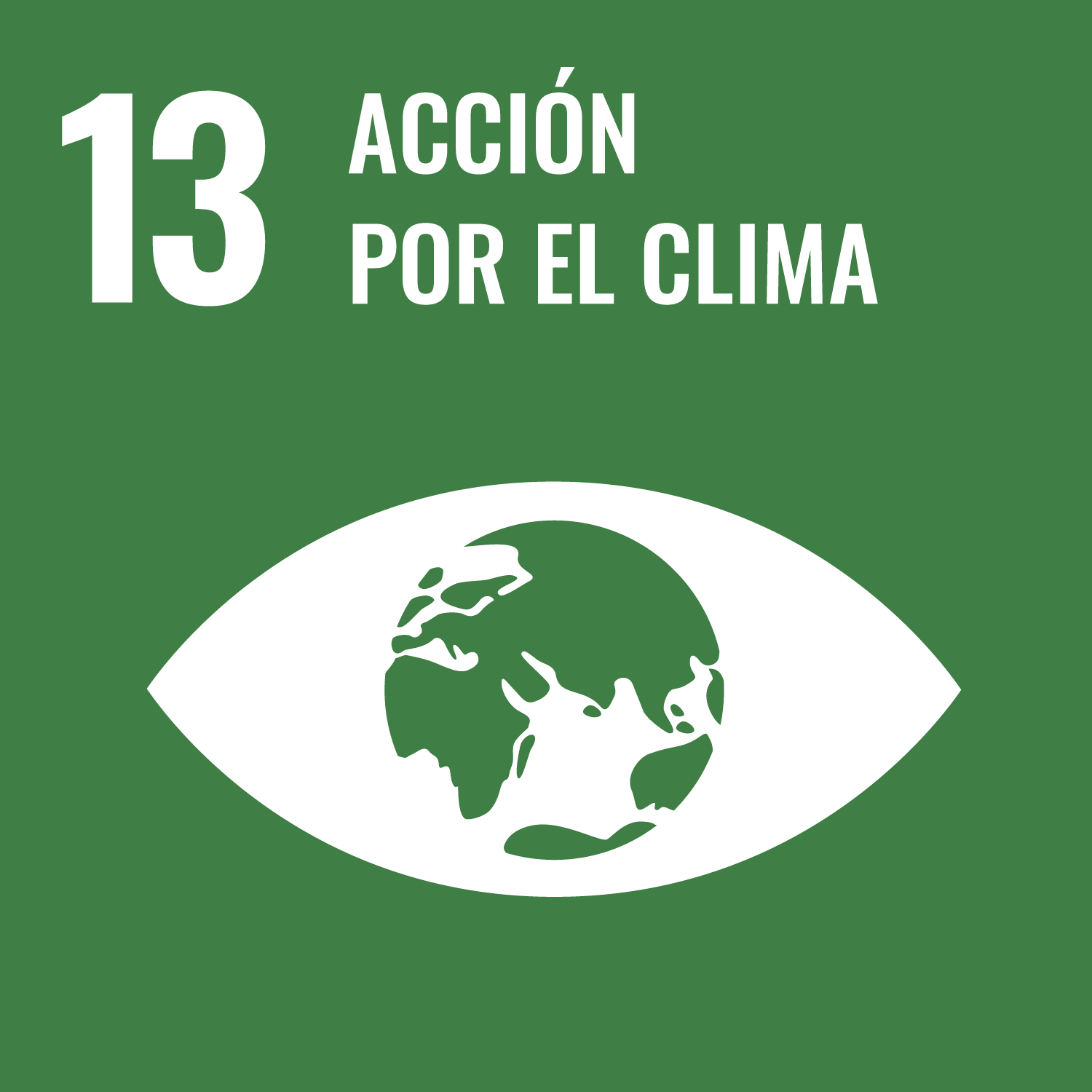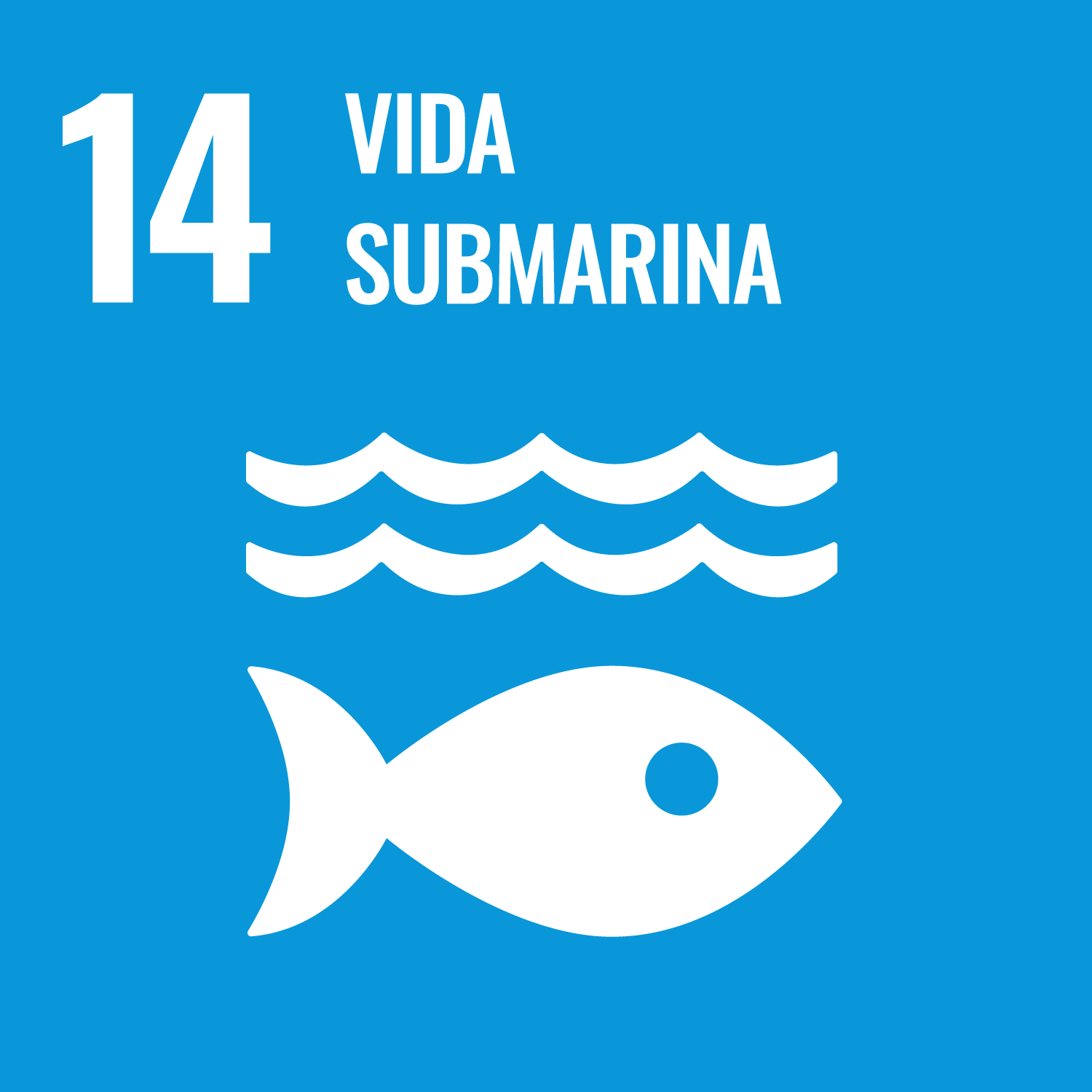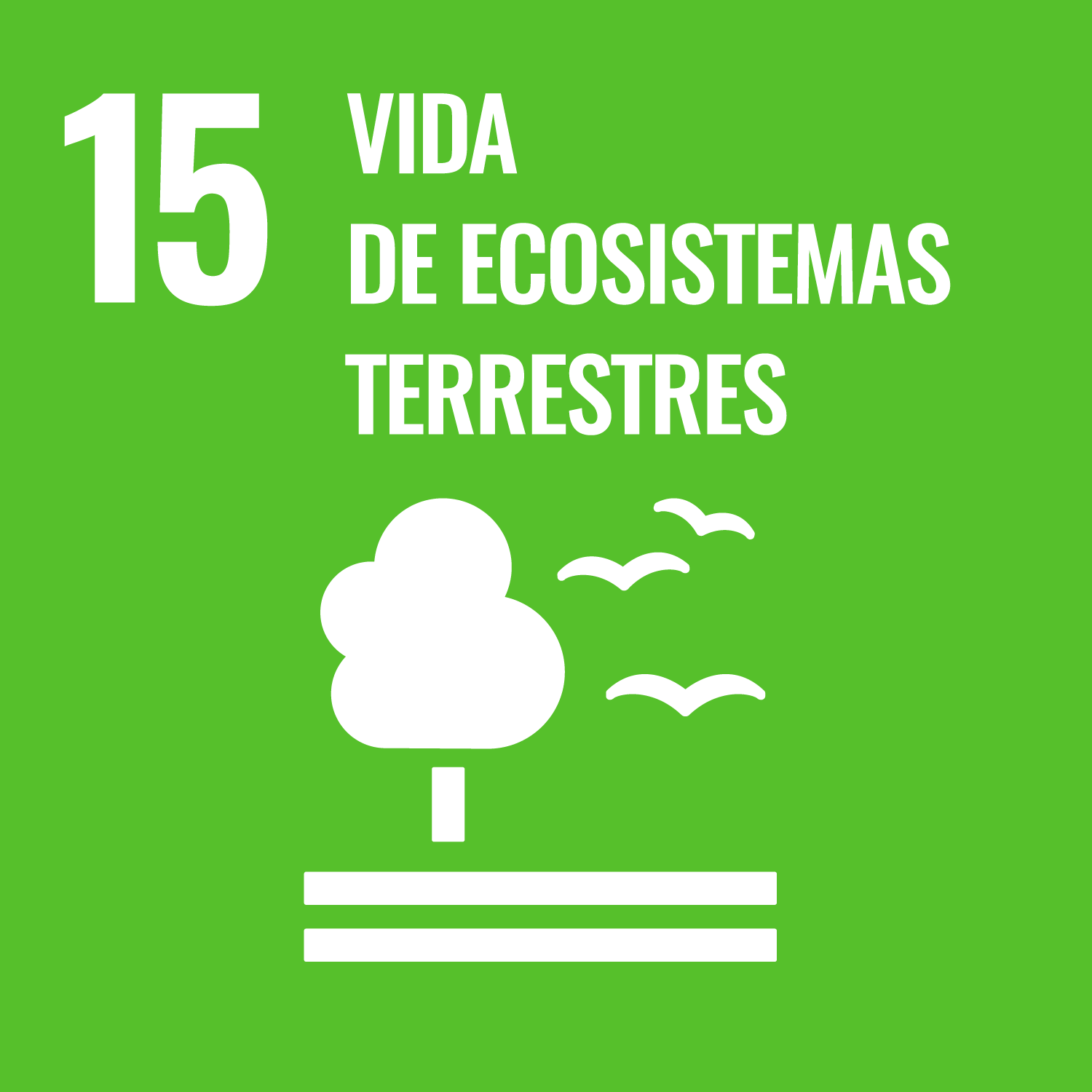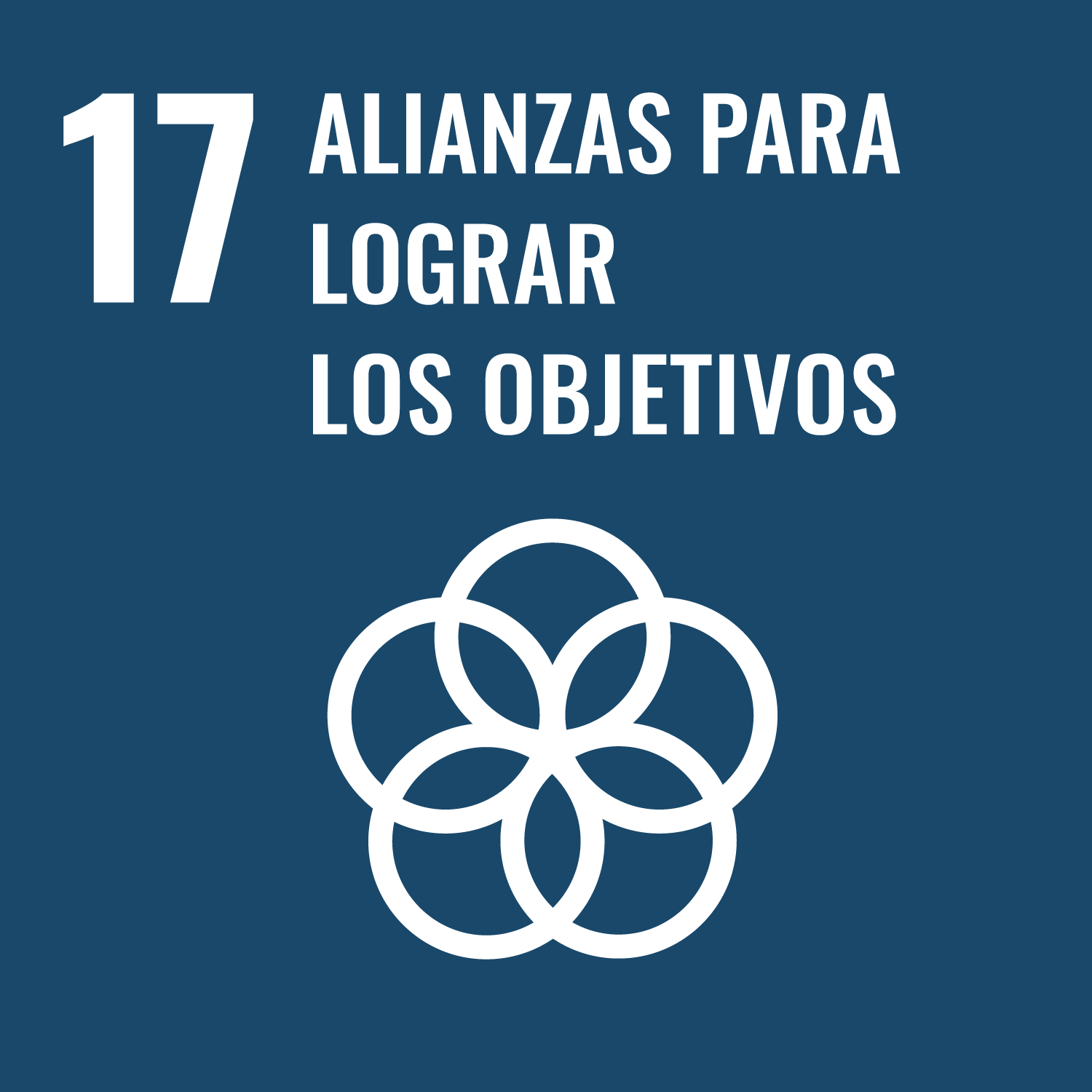We live in an interesting time. In the middle of a pandemic, we are learning to adapt to the new normal, where we are more connected virtually than ever before. Information flows endlessly through our smartphones and televisions. Working from home has become the new normal. The novel coronavirus has completely disrupted our world. However, there is another major change seeping in, boldly, and is shaking consumer brands to their core.
I like to call it the rise of the principled consumer, or in other words, the time when we refuse or prefer certain products based on our personal beliefs. We act in accordance with morality and the recognition of which actions are in sync with our values and which ones are not. We stand for what we believe in, supporting individuality, equal rights, and ethical consumerism. In the case of climate change, 70% of adults aged 18 to 34 worry about the devastating effects of global warming and are willing to do something about it. This translates into a new way of thinking about the choices we make, the carbon dioxide emissions our purchases have, and the long-lasting effects certain materials or products cause on the environment.
As a generation that has to adapt and try to reverse the course of an already changing climate, triggered largely by past and current human activities, we have the power to vote with our consumer choices. We have the ability to refuse certain brands or products that are harmful to the environment, such as plastic grocery bags, animal products, bottled water, fast fashion or products made out of palm oil, to name a few.
We are no longer purchasing any of these items without thinking about their sourcing, their supply chain, and their lifespan. We are moving towards brands that upcycle. We no longer discard a sweater and purchase a new one without at least trying to give it a second life, considering 20% of wastewater comes from fabric dyeing and treatment. We are bringing our old jeans into clothing retailers, making sure our pair gets recycled, as we understand that it takes 3,781 litres of water to make a pair of jeans and around 33.4 kg of carbon emissions per pair. We are investing and paying a little bit more for brands with sustainable products or with a sustainability focus. And if we cannot find a brand that aligns with us in our fight against climate change, we prefer to save our money.
Of course, these choices come with a price: convenience. Past generations didn’t have this choice, because the damage to the environment was not visible. Now, we cannot close our eyes and pretend the data and science are wrong, that the images are fake, and we certainly cannot ignore the extreme weather patterns we experience more and more often. It is inconvenient, I’m not going to lie.
It’s inconvenient to mend our shirts when they have a hole. It’s inconvenient to carry a refillable water bottle with us and take the time to fill it in beforehand at home, instead of running to the nearest store for a plastic water bottle when we are thirsty. It is certainly inconvenient to stop purchasing a favourite product of ours because, after a thorough investigation, we realized its supply chain has involved the destruction of the Indonesian rainforest. All of these choices require a certain sacrifice on our end, but we are willing to make these sacrifices if it helps keep the two-degree Celsius limit.
And through these inconvenient choices, we are raising the bar, and demanding action from consumer brands.
In turn, more and more companies are redefining and promoting sustainability, documenting their carbon footprint, and working towards reducing emissions or becoming carbon-neutral by a certain time frame.
This is why every single choice that we make needs to be tied to our flight for climate action. This is how we put pressure from the bottom up, and demand concrete steps from the private sector. Because climate change knows no boundaries, and at the end of the day, all of us need to be on the same page and fight the same fight.
Stand for what you believe in.
Original article by Mayra Bravo, originally published on Reach not Preach for the Secretary General’s Youth Envoy. See The Choices We Make: How We Fight for the Planet One Decision at a Time by Mayra Bravo (reachnotpreach.com).
Reference
- Ernest-Jones, Sam. “5 Sustainable Brands and How They're Meeting Customer Expectations.” GWI, 2 Apr. 2019, blog.globalwebindex.com/marketing/sustainable-brands/.
- Staff, The Daily Meal. “The Least Eco-Friendly Things You Can Buy at the Grocery Store.” The Daily Meal, The Daily Meal, 10 Mar. 2020, www.thedailymeal.com/cook/least-eco-friendly-things-you-buy-grocery-store-gallery.
- Ballew, M., Marlon, J., Rosenthal, S., Gustafson, A., Kotchner, J., Maibach, E. and Leiserowitz, A., 2019. Do Younger Generations Care More About Global Warming?. [online] Yale Program on Climate Change Communication. Available at: <https://climatecommunication.yale.edu/publications/do-younger-generations-care-more-about-global-warming/> [Accessed 26 June 2020].
- Contributor, Business Reporter. “Business Reporter BrandVoice: How An Empowered Workforce Can Power Your Business.” Forbes, Forbes Magazine, 29 May 2020,
- Kasriel, Emily. “Has Covid-19 Brought Us Closer to Tackling Climate Change?” BBC Future, BBC, 25 June 2020, www.bbc.com/future/article/20200624-has-covid-19-brought-us-closer-to-stopping-climate-change.
- Keeble, Justin. “Young Consumers Hold the Key to Sustainable Brands.” The Guardian, Guardian News and Media, 18 Apr. 2013, www.theguardian.com/sustainable-business/young-consumers-key-sustainable-brands.
- Fleischmann, Maria. “How Much Do Our Wardrobes Cost to the Environment?” World Bank, 23 Sept. 2019, www.worldbank.org/en/news/feature/2019/09/23/costo-moda-medio-ambiente.
- Roy, Pierre-Olivier. “Reusable or Disposable: Which Coffee Cup Has a Smaller Footprint?” Anthropocene, July 2017, anthropocenemagazine.org/2017/07/reusable-or-disposable-which-coffee-cup-has-a-smaller-footprint/.

